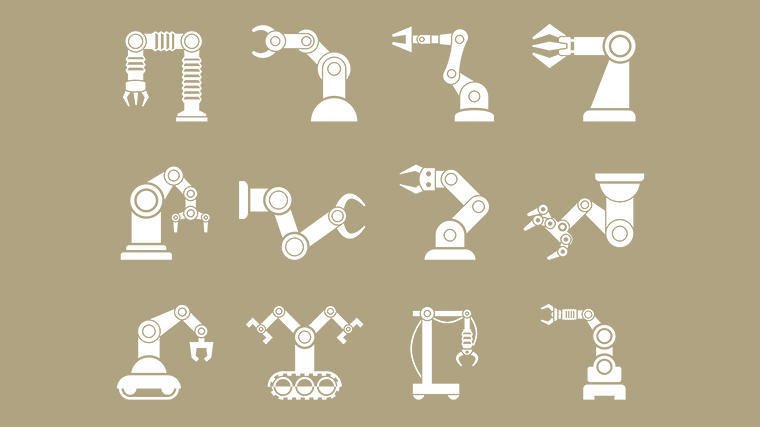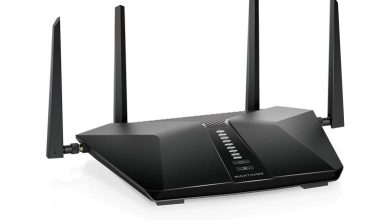6 Advantages Of Industrial Robots From The Technological Angle

Currently, very few robot automation solutions and CNC Machining Services are used for a complex production process with a small to average production volume to replace manual production due to this costly and time-consuming programming overload. While OLP has the above benefits, it is not popular for users of small and medium businesses due to its obvious drawbacks. It is difficult to financially justify a PLO for smaller product values due to the high cost of the PLO package and the general programming costs required to customize the software for a specific application. Developing custom software for offline programming takes a long time and requires high-level programming skills.
Since the first application of a welding robot in industrial production in the early 1960s, robot welding has expanded into a range of industrial production sectors. Between 2010 and 2013 alone, more than 600,000 industrial robots were put into use worldwide . Robotic welding is recognized as the most popular industrial application of robotics worldwide . It is estimated that about 25% of all industrial robots in service are used for welding . Car manufacturing represents the most active industrial sector in terms of robot welding adoption (about 40% of the total global supply of robots), followed by the electrical and electronic industry (about 20% of the total global supply of robots). In addition to resistance point welding, the two most common robot welding for production purposes are inert metal gas welding and tungsten inert gas welding respectively.
Optical sensors often rely on a scanning and triangulation laser light to measure the distance to the welding joint. It should be noted that the direct arc detection technique is quite economical compared to an optical seam tracker. If arch detection was dominant until the 1980s, the current trend is focused on optical improvement for both smart programming and smart sensors. Welding is an integral part of advanced industrial production and robot welding is considered the most important symbol of modern welding technology (Cui et al. 2013). With technological developments came the second generation of robot welding systems, which followed sewing in real time and at the same time carried out the learning and sewing phases.
With offline programming with simulation software, you can program the welding path and sequence of operation from a computer rather than from the robot itself. 3D CAD models of workpieces, robots and accessories used in the cell are required for PLO. Simulation software matches these 3D CAD models, allowing the robot’s welding path to be programmed from a computer rather than a welding Welding Automation cell learning hanger as with online programming. After simulation and testing of the program, instructions can be exported from the computer to the robot controller via an Ethernet communication network. However, ongoing research suggests that using detection technology would make it possible to fully program the final trajectory only with PLO (Miller Electric Mfg Co. 2013).
The use of sensors is not new in this area and the sensors have been successfully used for tracking seams in robotic arc welding for more than 20 years. In principle, two different principles are used, detection by the arc and optical sensors. Detection through the arc itself uses the arc and requires a small movement of tissue from the welding torch.
In a fully automated process, machines move the material to be welded from start to finish throughout the process. The American Welding Society offers certifications for both manual welders and robotic welding arm operators. Operators program automated systems with a learning pendant to move the arm, change system parameters and “learn” the welding arm the
following process. Robotic welding offers many benefits for companies of all sizes, from better productivity and welding consistency to lower production, labor and material costs. When properly implemented, robot welding systems also help companies gain a competitive advantage over those who have not switched to this technology. More than ever, smaller stores are starting to invest in automation and achieve positive results.
The development of automated arc welding solutions is still driven by the need for higher product quality, productivity and lower costs. In addition, the good flexibility of the production system, which is essential to respond to dynamic market behavior and therefore keep products competitive, has become an important development objective for the processing industry. As a result, robot welding processes offer attractive alternative solutions for traditional manual operation and hard automation. Robot welding is the use of mechanized programmable tools, which fully automates a welding process when welding and handling the part.
While the level of complexity and sophistication of these robot systems is high, their ability to adapt to real-time changes in environmental conditions cannot match the ability of the human senses to adapt to the welding environment . Currently, welding robots are mainly in automatic production processes, most of which use time-consuming teaching and reproduction robots for training and route planning, etc. In addition, education and programming should be repeated if the dimensions of the welding workpieces are changed, as they cannot be corrected during the welding process. Using sensors is a way to address these issues in automated robot welding processes (Xu et al. 2012). The primary use of robotic welding sensors is to detect and measure process characteristics and parameters, such as adhesion geometry, geometry and location of welding coils and in-line control of the welding process.


